A Deep Dive into the Heart of Six-Cylinder Performance
For car enthusiasts, builders, and modders, the debate between inline-6 and V6 engines is as old as the internal combustion engine itself. Both configurations have their merits, their cult followings, and their unique characteristics that define some of the most iconic vehicles in automotive history.
Whether you're restoring a classic straight-six engine car or tuning a modern V6 powerhouse, understanding the fundamental differences between these two six-cylinder layouts is crucial.
See also:
The Anatomy Of An Inline-6 Engine
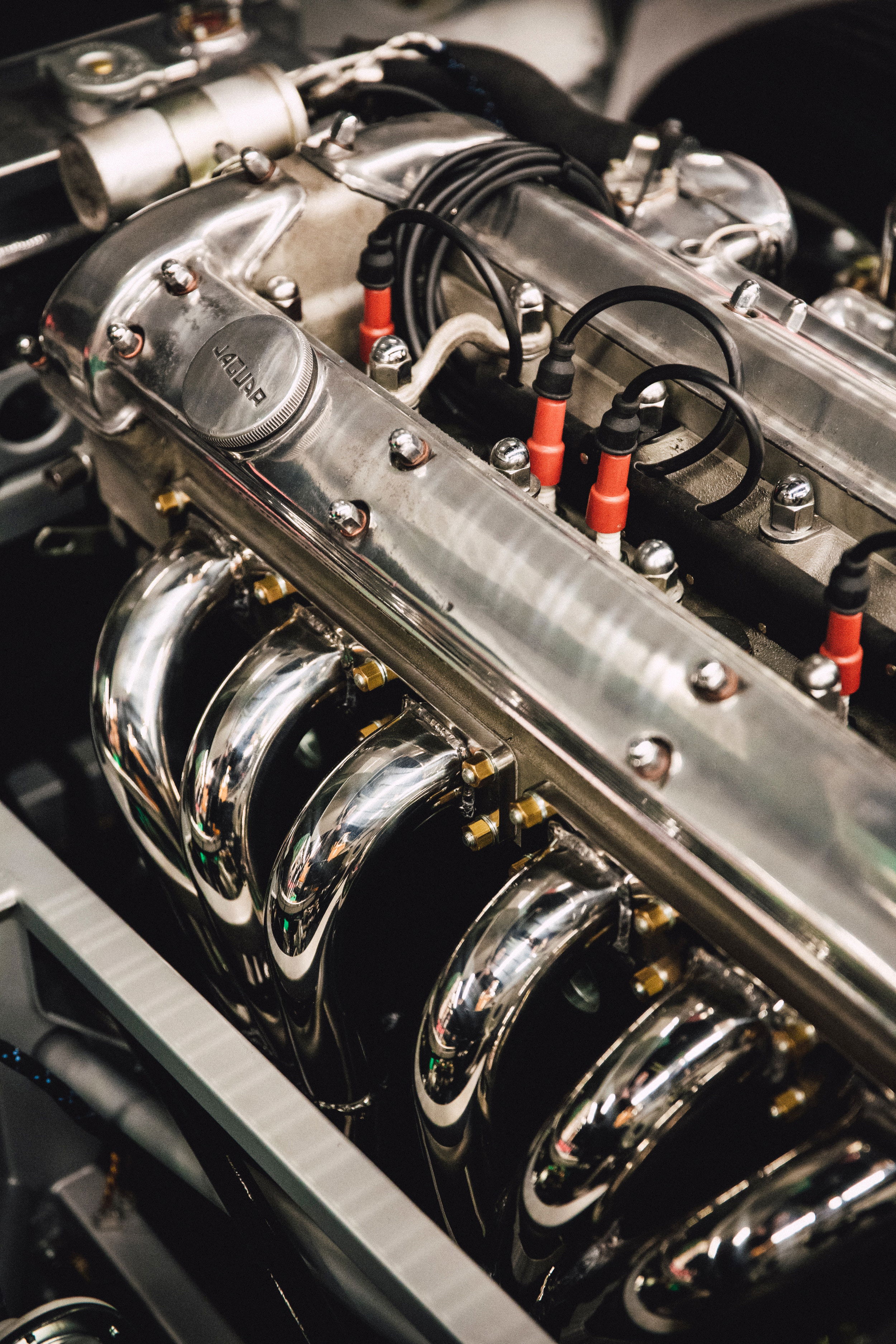
An inline-6, also known as a straight-six (or I6, L6), is an engine configuration where all six cylinders are arranged in a single straight line along the crankshaft. This design is revered for its inherent balance, smooth operation, and simplicity.
The inline-six engine vs V6 debate often centers around this mechanical harmony—the inline-6’s naturally balanced firing order eliminates the need for counterbalance shafts, reducing vibrations and delivering buttery-smooth power delivery.
Historically, the best inline-six engines have powered legendary cars like the BMW E30 M3, the Toyota Supra 2JZ, and the Jaguar XK series. These engines are celebrated for their linear power band, making them ideal for both high-revving performance applications and torquey, low-end grunt.
The straight-six engine vs V6 comparison also highlights packaging constraints—while the inline-6 is longer, its narrow profile can simplify certain aspects of engine bay design, particularly in rear-wheel-drive vehicles.
The V6 Engine: Compact Power With Versatility
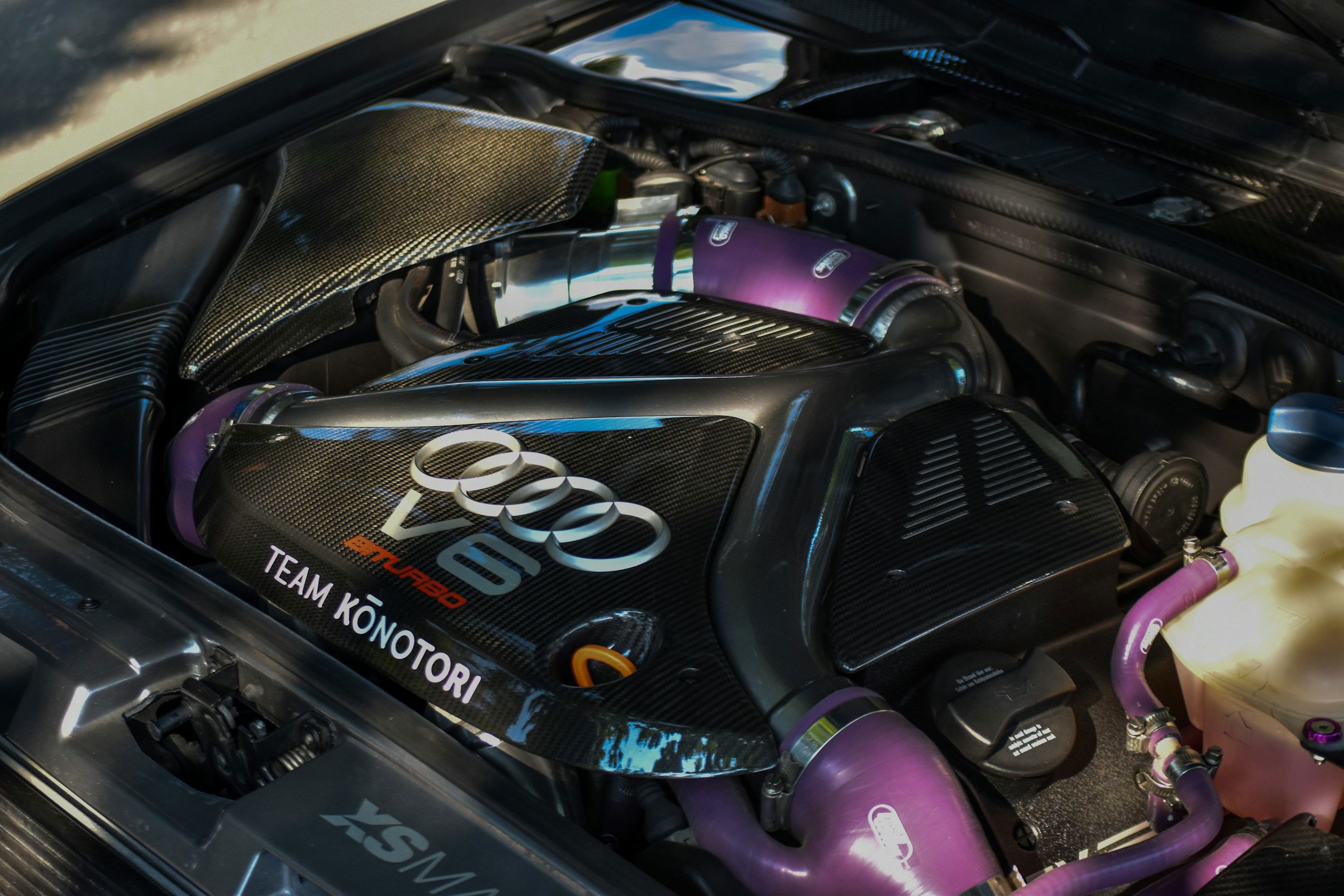
In contrast, the V6 engine arranges its six cylinders in two banks, typically at a 60- or 90-degree angle, forming a "V" shape. This design was born out of necessity, as automakers needed a six-cylinder engine that could fit in tighter engine bays, especially in front-wheel-drive vehicles.
The V6 vs L6 discussion often revolves around packaging efficiency, as the V6’s shorter length allows for better weight distribution and compatibility with a wider range of vehicle platforms.
Modern V6 engines, such as those from Nissan’s VR-series or Ford’s EcoBoost lineup, have closed the gap in smoothness and performance through advanced balancing techniques and forced induction.
The difference between V6 and straight-6 engines becomes especially apparent in high-performance applications. Turbocharged V6s, like those found in the Ford GT or the Alfa Romeo Giulia Quadrifoglio, demonstrate that a well-engineered V6 can rival the best straight-six engines in terms of power and responsiveness.
Performance And Tuning Potential
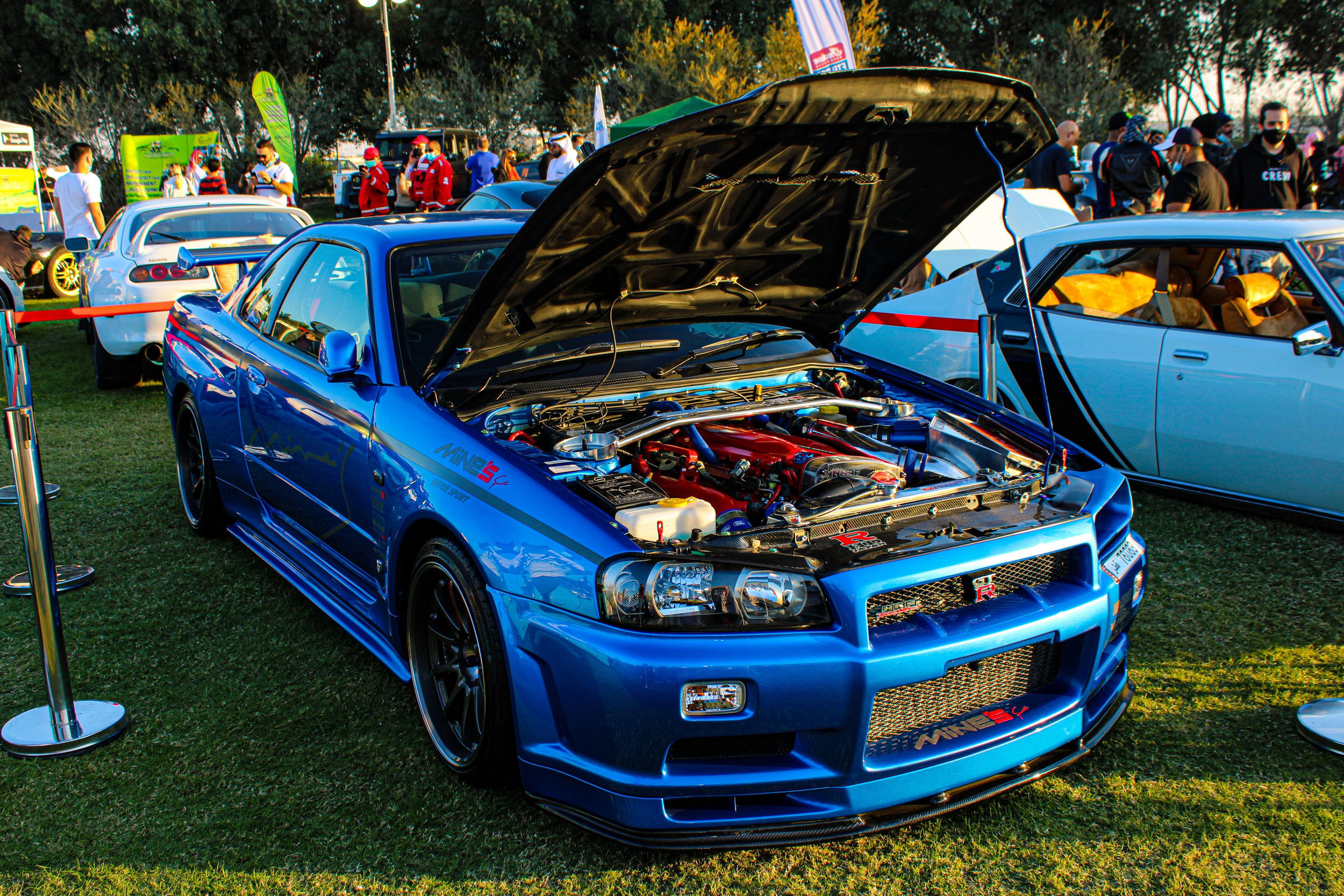
When it comes to tuning and modification, the i6 vs V6 engine debate takes on new dimensions. The inline-six’s long, uninterrupted cylinder head allows for superior exhaust manifold designs, which is why engines like the BMW N54 and the Toyota 2JZ respond so well to turbocharging.
The straight-six engine vs V6 argument often favors the I6 in naturally aspirated builds due to its linear torque curve and fewer harmonic imbalances.
However, the V6 engine vs inline-6 comparison isn’t one-sided. High-revving V6s, such as Honda’s C30A from the NSX or Porsche’s twin-turbocharged units in the Panamera, showcase how forced induction and advanced valvetrains can extract incredible power from a compact V6 layout.
The difference between 6-cylinder and V6 configurations also plays into weight distribution—while an inline-6 can create a front-heavy setup in some cars, a V6’s compact size allows for better chassis balance, particularly in mid-engine or all-wheel-drive applications.
See also:
Sound And Character
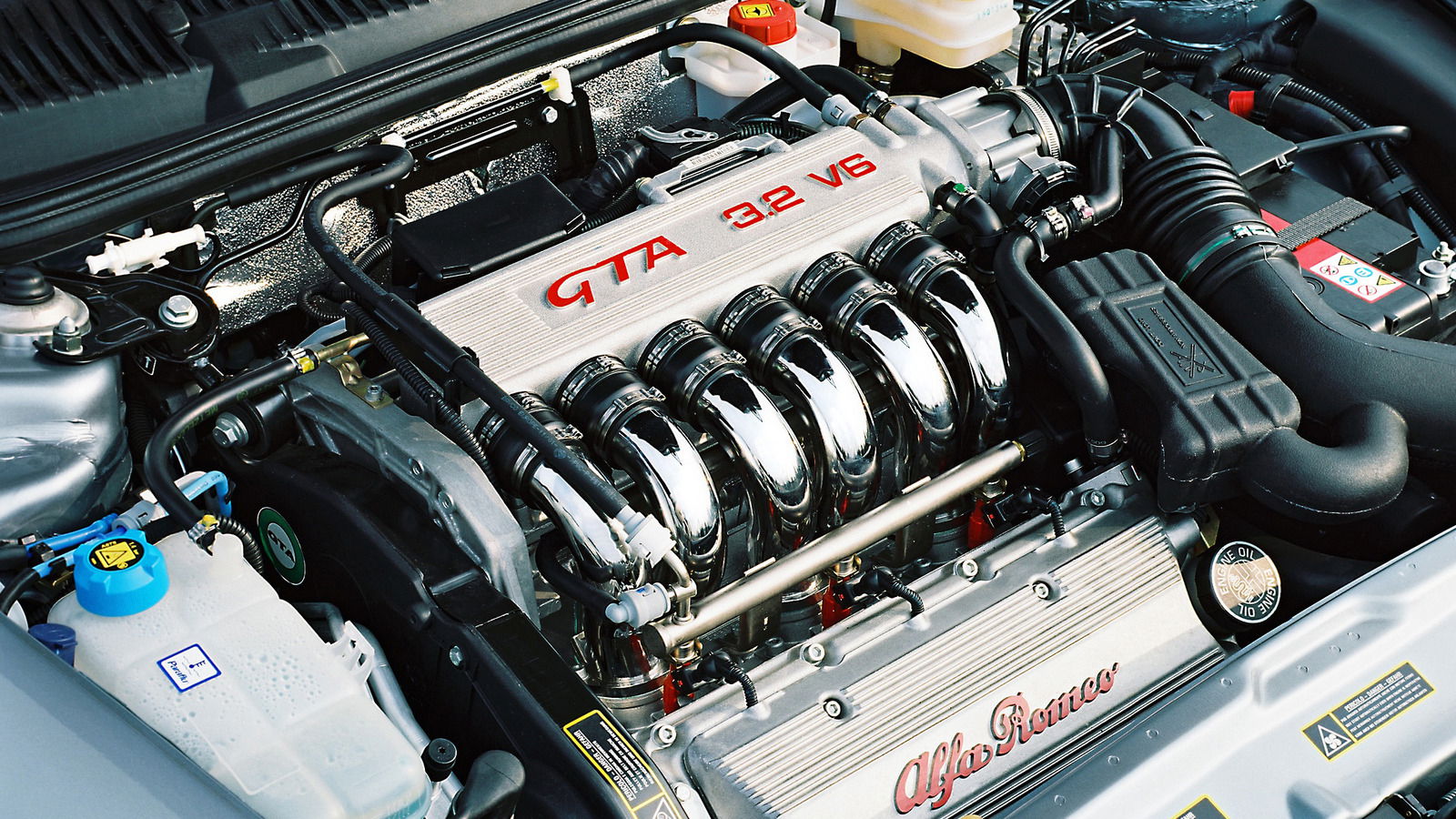
One of the most subjective yet passionately debated aspects of the straight-six vs V6 discussion is engine note.
The inline-six’s even firing intervals produce a smooth, harmonic exhaust note that enthusiasts often describe as symphonic. Cars like the Mercedes-Benz M104-powered classics or the latest BMW B58-equipped models are adored for their sonorous, balanced growl.
On the other hand, a well-tuned V6 can produce an aggressive, high-strung snarl—think of the wail of a Nissan GT-R’s VR38DETT or the deep burble of a Chevrolet Camaro’s LGX. The inline 6 vs V6 sound debate ultimately comes down to personal preference, but there’s no denying that each configuration has its own distinct aural personality.
Reliability And Maintenance
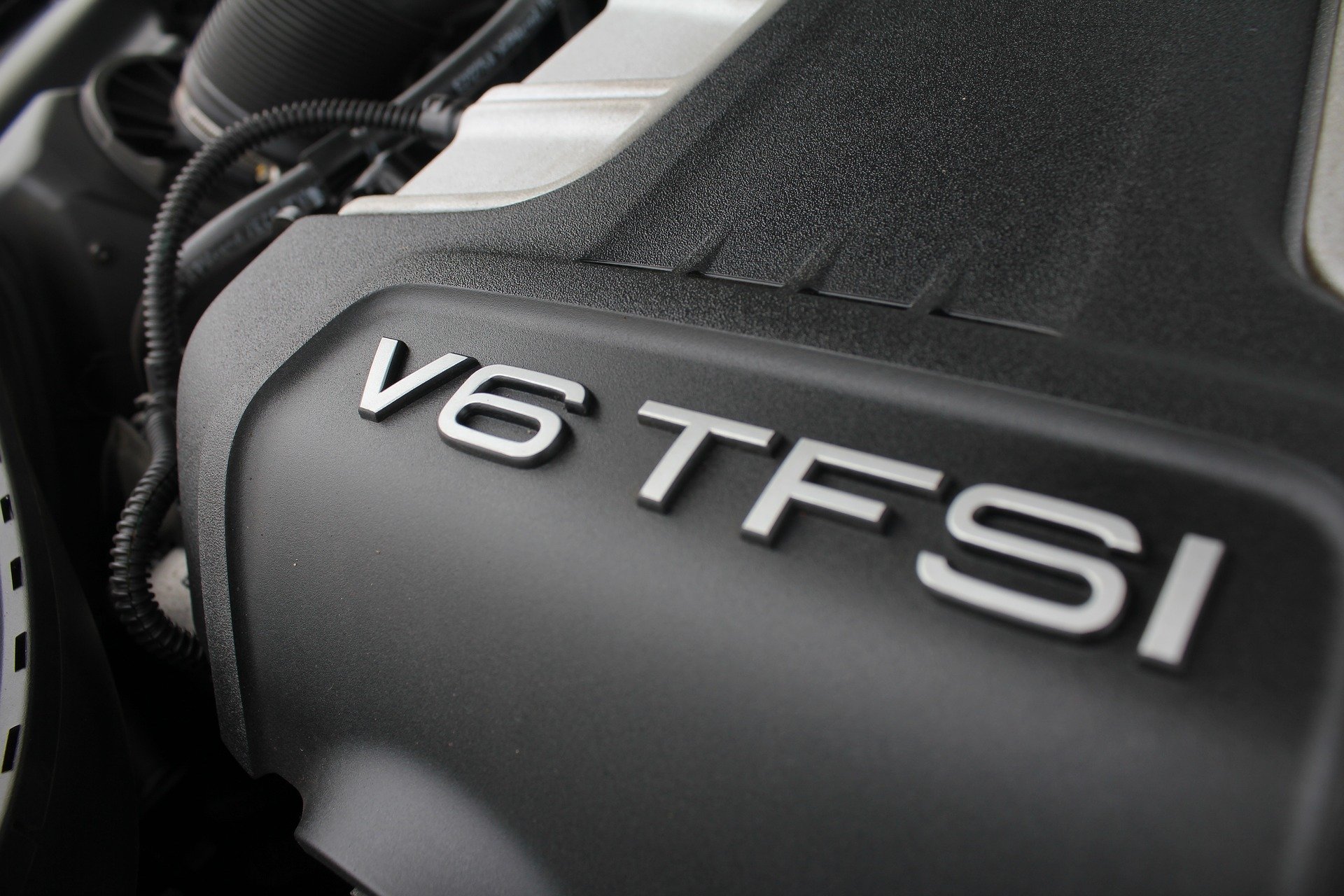
From a mechanical standpoint, the inline-six’s simplicity often translates to robustness. With a single cylinder head, fewer moving parts, and no need for complex balancing systems, many of the best inline-six engines are known for their longevity.
The straight-six engine cars from the ’90s and early 2000s, such as the Toyota Land Cruiser with its 1FZ-FE or the Volvo Redblock engines, are still running strong today with minimal maintenance.
The V6, while more compact, can sometimes be more complex due to its dual cylinder heads, additional valvetrain components, and tighter packaging.
However, modern engineering has mitigated many of these concerns. Today’s V6 engines, such as those from Lexus or Audi, are built to last just as long as their inline counterparts. The 6-cylinder vs V6 reliability debate isn’t as clear-cut as it once was, with both designs proving durable when properly maintained.
The Future of Six-Cylinder Engines
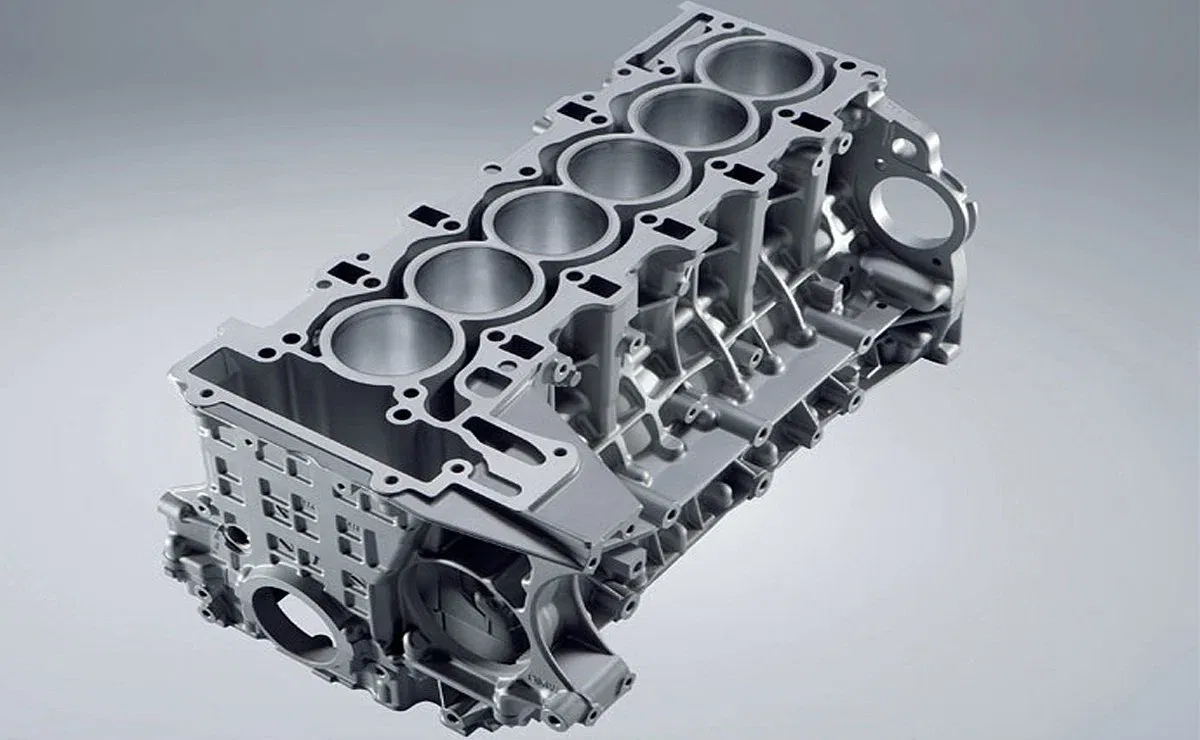
Amidst the automotive industry's tentative march toward electrification, the inline-6 vs V6 rivalry takes on new significance. Some manufacturers, like Mercedes-Benz with its M256 inline-six, are doubling down on straight-six engines by integrating hybrid technology.
Meanwhile, brands like Acura and Infiniti continue to refine their twin-turbo V6 powertrains for maximum efficiency and performance.
For builders and modders, the choice between a straight-six and a V6 will depend on application. Resto-modders may prefer the classic appeal of an inline-six, while track-focused tuners might opt for the compact, high-revving potential of a modern V6.
The best inline-six cars and the best straight-six engines will always have a place in automotive culture, just as the most advanced V6s continue to push the boundaries of what a six-cylinder engine can achieve.
Which Is Right For You?
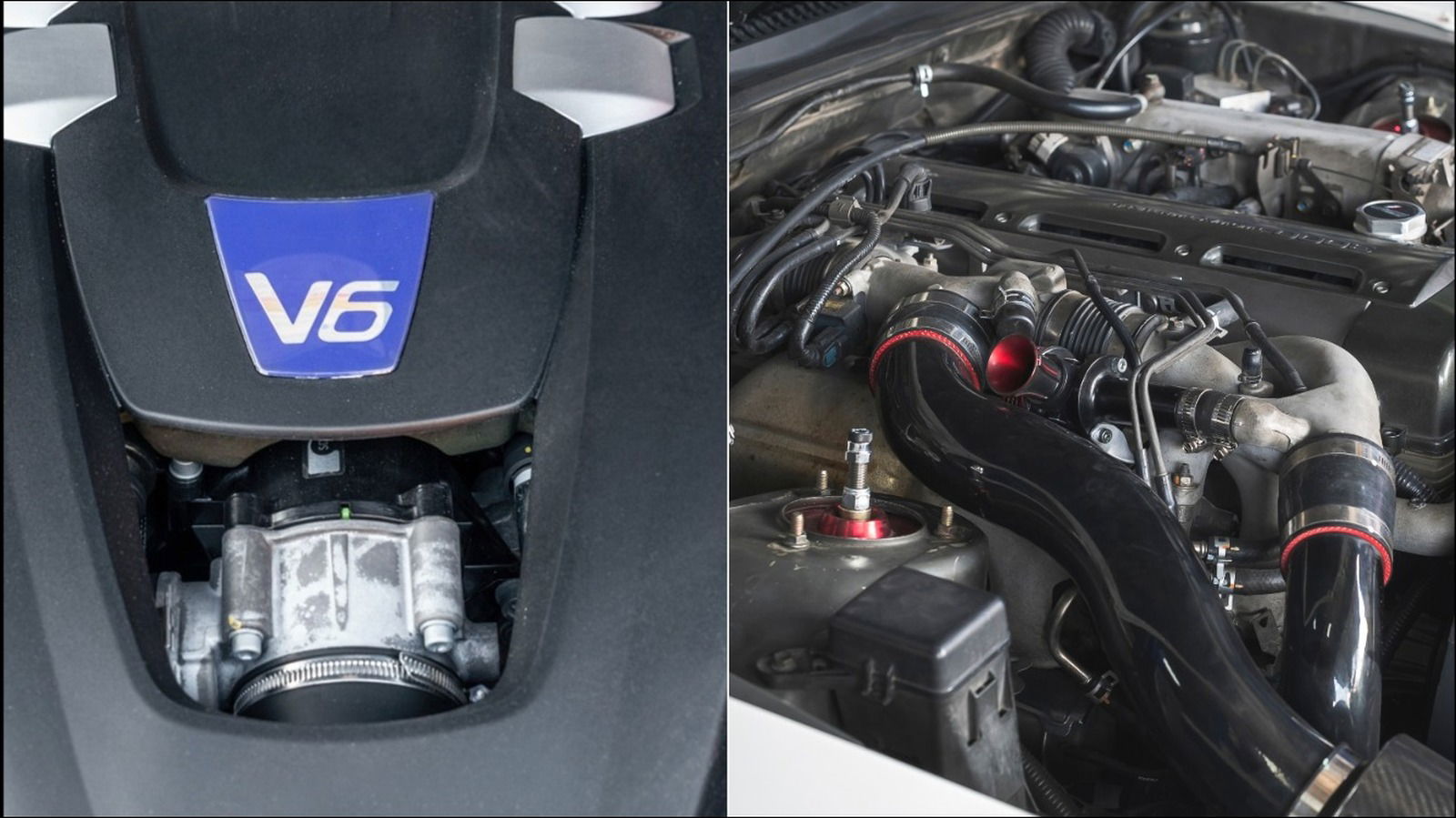
The straight 6 vs V6 debate doesn’t have a definitive winner—it’s about trade-offs. If you value smoothness, simplicity, and a legendary power band, an inline-six might be your ideal choice. If you need compact dimensions, high power density, and versatility in tuning, a V6 could be the better option.
Whether you’re building a classic straight-six engine car, modifying a modern V6 sports sedan, or simply appreciating the engineering behind these two iconic configurations, the inline-6 and V6 will continue to shape the future of performance driving.